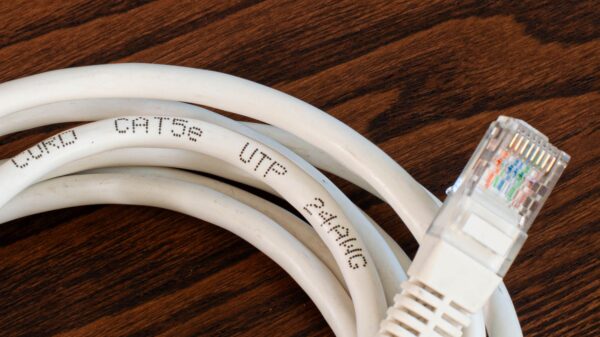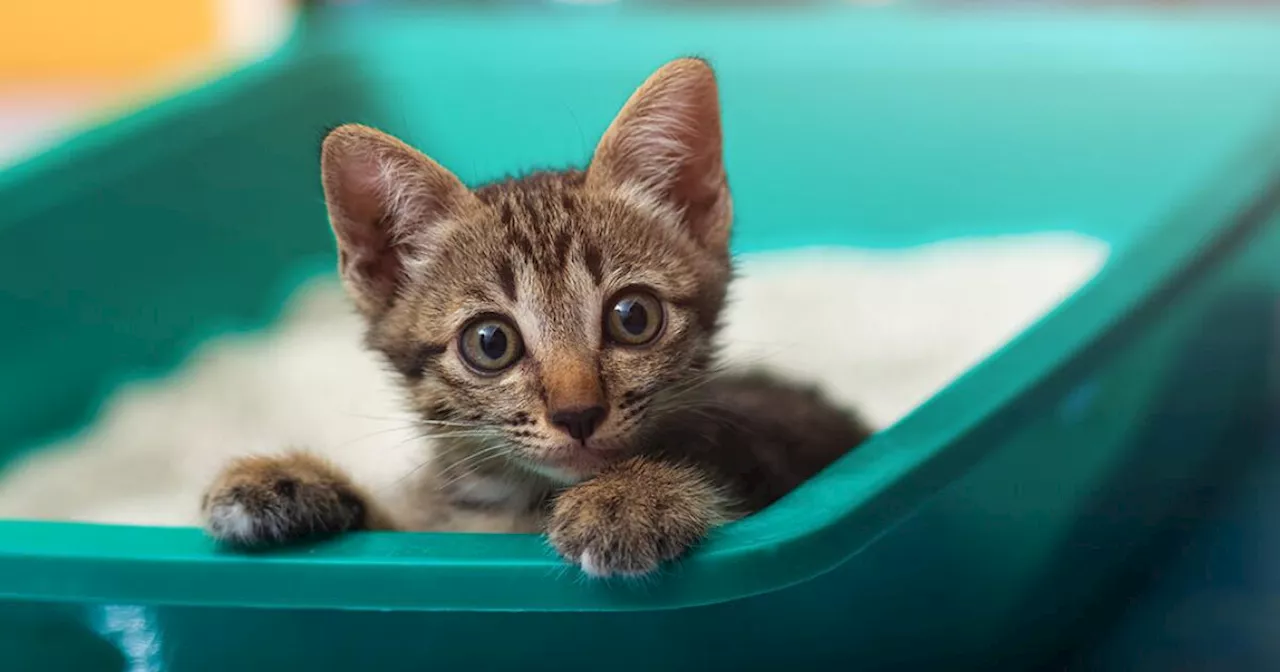Cats are naturally inclined to use a litter box, but many owners experience issues when their feline companions begin to eliminate outside the box. Understanding the reasons behind this behavior and how to address it is crucial for maintaining a healthy and happy indoor environment for cats.
Common Causes of Litter Box Avoidance
One of the primary reasons cats stop using their litter boxes is a dirty environment. According to experts, a litter box that is not regularly cleaned can lead to “inappropriate elimination”—a term used to describe when cats urinate or defecate outside their designated area. Just as humans find a dirty public restroom unpleasant, cats are unlikely to use a box that has not been properly maintained.
The anatomy of a typical litter box may not align with a cat’s instincts. Unlike outdoor cats, who can find a spot that suits them, indoor cats may feel confined to a small space filled with waste. It is essential to scoop the litter box at least once a day and completely replace the litter monthly to keep it inviting for your pet.
Other factors contributing to litter box avoidance include litter box aversion, urine marking, hormonal imbalances, and underlying medical conditions such as bladder infections. If a cat suddenly stops using a clean litter box, consulting a veterinarian should be the first course of action to rule out potential health issues.
Choosing the Right Litter and Box
Selecting the appropriate litter is vital. Studies indicate that most cats prefer clumping clay litter, which typically contains sodium bentonite, a natural mineral that forms clumps when wet. While many options are available, including organic and food-based litters, it is crucial to avoid scented varieties, as these can be off-putting or harmful to cats.
The recommended depth for litter is between 2 to 3 inches, allowing cats to dig comfortably. Additionally, it is advisable to provide one litter box for each cat in the household, plus one extra; this ensures that each cat has access to a clean and private space.
The placement of litter boxes also matters. They should be located in quiet, easily accessible areas, avoiding noisy or high-traffic locations. This can help reduce stress for the cat during bathroom breaks.
While it may seem intuitive, it’s important to never startle a cat while it is using the litter box. This can create a negative association with the box, leading to further issues.
Maintaining a clean environment is not just about comfort; it also has health implications. Litter boxes can emit harmful ammonia levels when waste is not removed promptly. In fact, a dirty litter box can reach ammonia levels of 15 parts per million (ppm) in just ten days, which can be damaging to both cats and humans. Symptoms of ammonia exposure in cats include coughing, weakness, and difficulty breathing.
As a growing concern, flushing cat litter down the toilet can have environmental consequences. Cat waste can introduce the parasite Toxoplasma gondii into waterways, which poses risks to marine life. In California, this parasite has been linked to the decline of the sea otter population, which has fallen from 15,000 to just 2,500. As a result, the state has enacted legislation to discourage flushing cat litter, mandating warnings on flushable products.
Preventing litter box issues begins with understanding and addressing a cat’s needs. Regular maintenance, choosing the right litter, and consulting a veterinarian when necessary can significantly improve the litter box experience for both cats and their owners. By taking these steps, pet owners can create a healthier and happier environment for their furry companions.








































































